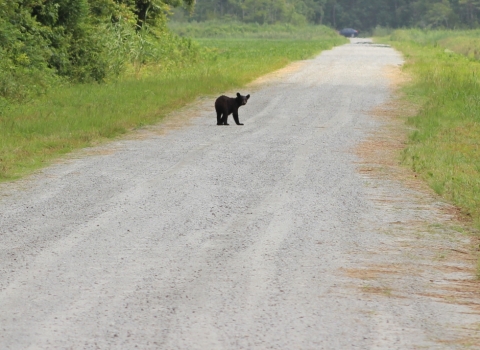The U.S. Fish and Wildlife Service announced today the completion of a 5-year Status Review of MacFarlanes four-oclock (Mirabilis macfarlanei), a rare plant found in canyon grassland habitats in portions of the Snake, Salmon and Imnaha river canyons in west-central Idaho and adjacent northeastern Oregon.
"After a thorough review of MacFarlanes four-oclock, the Service recommends that this plant remain listed as a threatened species," said Jeff Foss, State Supervisor of the Services Idaho Fish and Wildlife Office. "Although the status of this plant remains unchanged, we believe it is not currently in immediate threat of extinction."
MacFarlanes four-oclock was originally listed as an endangered species in 1971. Additional populations of the plant were discovered and some populations on federal lands received active monitoring and conservation actions. As a result of those recovery efforts, the plant was downlisted to threatened in 1996. A revised Recovery Plan was published for the species in 2000. The Plan is available for viewing at http://endangered.fws.gov/recovery/index.html.
In April, 2006, the Service opened a public comment period to solicit new scientific and commercial information regarding the species or its habitats since publication of the Recovery Plan. No new information was presented during that comment period regarding the species? biology and life history since 2000. The status review included abundance, population trends and distribution; genetics; habitat/ecosystem conditions; and an analysis of threats, conservation measures and regulatory mechanisms.
The status review recognizes that the Recovery Plan for MacFarlanes four-oclock identified multiple criteria to recover the species, but only two of the five criteria have been met. No new populations have been discovered, and all but one of these existing populations appear to be stable.
MacFarlanes four-oclock populations are adversely impacted by invasive nonnative plants; the effects of wildfire; and to a lesser extent grazing by native herbivores and domestic livestock; and habitat fragmentation.
A number of conservation actions have been implemented to protect the species, and the Service will continue to support such efforts, including habitat restoration; Forest Service and BLM recovery management agreements; invasive nonnative plant control; range-wide monitoring strategy; and site-specific fencing.
MacFarlanes four-oclock is a showy perennial plant, with spectacular magenta flowers. Its taproot is very deep, and the plant reproduces primarily by sending out underground roots. MacFarlane's four-o?clock is usually found in canyonlands, above rivers on open slopes with sandy soil.
For further information, please contact Susan Burch, U. S. Fish and Wildlife Service, Idaho Fish and Wildlife Office, 208-378-5243.


